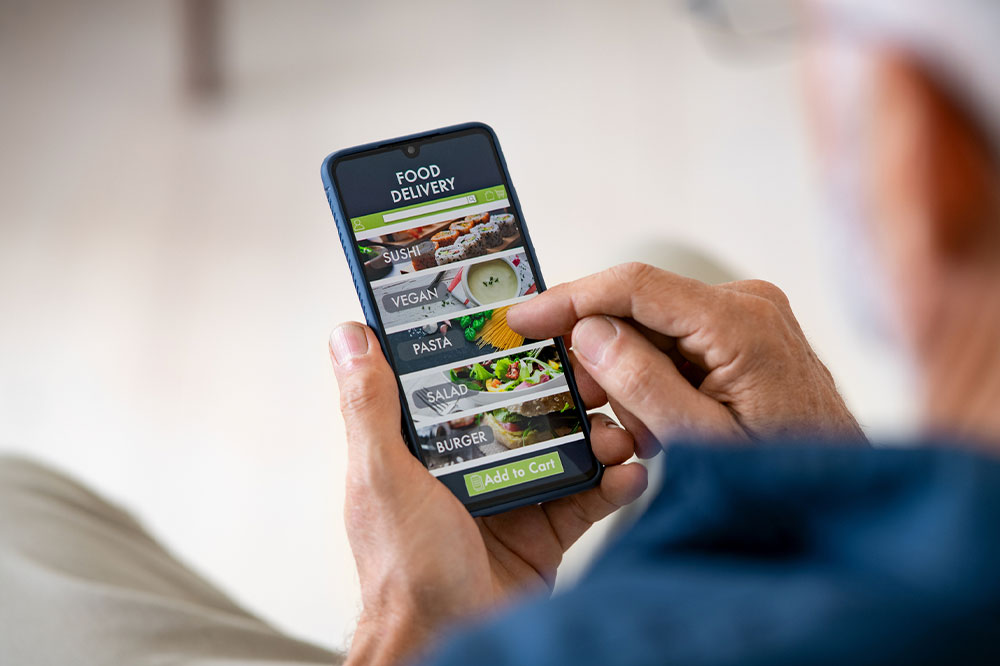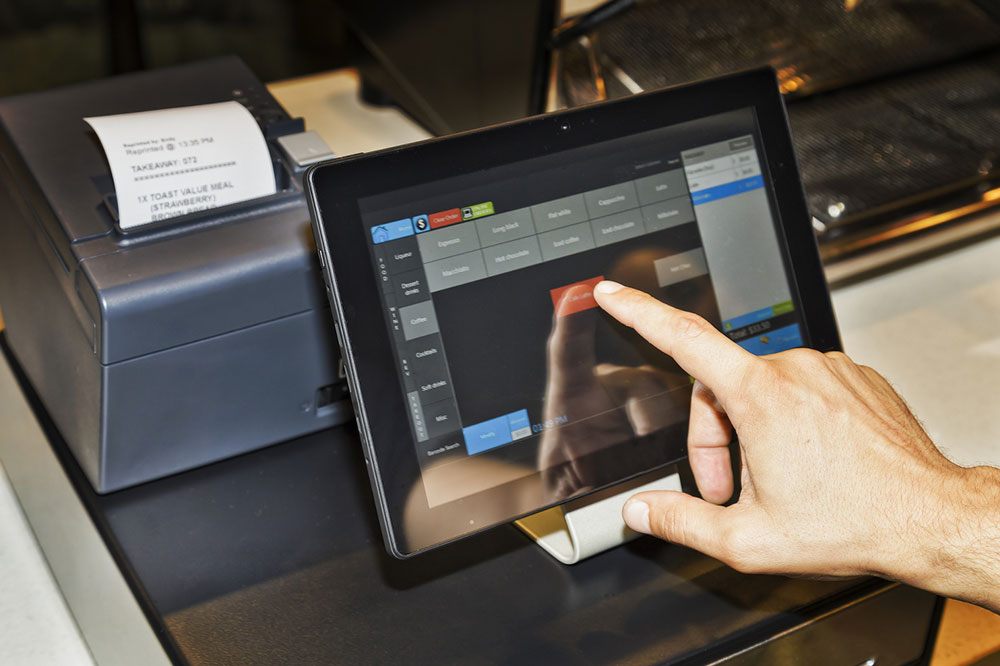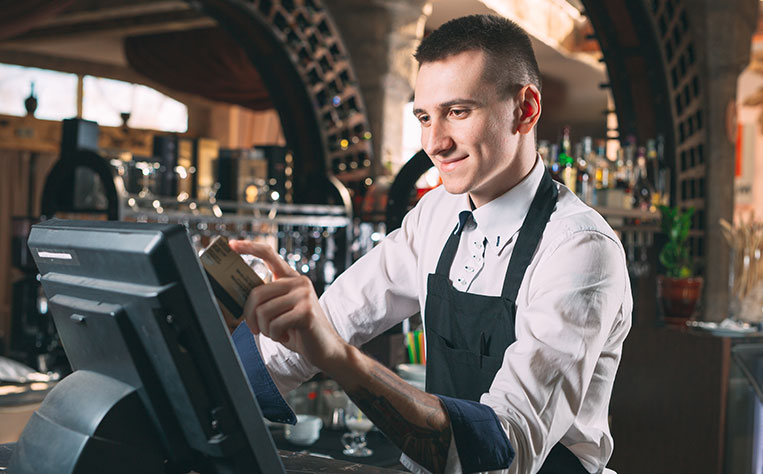Ultimate Guide to Digital Ordering Solutions for Modern Restaurants
This comprehensive guide explores how restaurants can leverage digital ordering solutions to enhance customer experience and increase sales. It covers in-house and external platforms, selection criteria, key system components, and integration strategies for optimal operational efficiency. Perfect for restaurant owners aiming to stay competitive in a digital-first market, this article provides insights into choosing and implementing effective online ordering systems that boost revenue and customer loyalty.

In today's fast-paced digital era, the way restaurants connect with their customers has undergone a significant transformation. Digital ordering solutions have revolutionized the hospitality industry by providing seamless, convenient, and efficient ways for patrons to place orders both on-site and remotely. This comprehensive guide explores the various types of online ordering platforms, their benefits, how to choose the right solution for your business, and how to effectively integrate these systems to maximize revenue and enhance customer satisfaction. Whether you’re a small local eatery or an expansive chain, understanding the intricacies of digital ordering is crucial to staying competitive in an increasingly digital marketplace.
Understanding In-House vs. External Online Ordering Platforms
One of the first decisions restaurateurs need to make is whether to implement an in-house ordering system or partner with external platforms. Each approach offers unique advantages tailored to different business models.
In-House Ordering Systems
In-house digital ordering solutions are hosted directly within your restaurant’s infrastructure. These typically involve deploying tablets or self-service kiosks that allow customers to browse menus, customize orders, and make payments without needing staff assistance. By integrating with your existing Point of Sale (POS) system, these setups streamline operations, reduce errors, and improve overall customer experience. For instance, customers seated in the restaurant can independently place their orders, decreasing wait times and allowing staff to focus on delivering high-quality service elsewhere.
Additionally, in-house systems provide greater control over the customer data collected, enabling personalized marketing strategies and loyalty programs. Restaurants can also update menu items, prices, and promotions instantly across all terminals without relying on third-party updates.
External Online Ordering Platforms
External solutions refer to online ordering channels that are managed outside of your restaurant's direct infrastructure, such as third-party food delivery apps and online marketplaces. These platforms, like UberEats, DoorDash, Grubhub, or simply your restaurant’s own website or mobile app, allow customers to order remotely and have their food delivered or picked up.
Partnering with third-party apps significantly broadens your reach, exposing your restaurant to a wider audience that may not be familiar with your brand. These platforms often include built-in marketing features, customer reviews, and promotion tools that can drive additional orders. However, they typically charge commissions per order, which can impact profit margins.
Developing your own mobile app or website can give you more control over branding and customer experience, potentially reducing third-party fees. It also allows you to build a direct relationship with your customers, gather valuable data, and implement loyalty programs more effectively.
Selecting the Ideal Online Ordering System for Your Business
Choosing the right online ordering platform depends on several factors including cost, scalability, ease of use, and compatibility with your existing systems. Here are key considerations to guide your decision-making process:
Integration Capabilities: Ensure the platform seamlessly integrates with your POS and kitchen management systems to avoid operational bottlenecks.
Cost and Fee Structure: Evaluate setup costs, monthly fees, and per-order commissions to understand long-term profitability.
User Experience: Prioritize platforms that offer a simple, intuitive interface for customers, making the ordering process quick and enjoyable.
Customization Options: Opt for solutions that allow menu tailoring, special promotions, and personalized notifications.
Marketing and Loyalty Features: Select platforms that support customer engagement efforts like rewards, coupons, and targeted marketing campaigns.
Reliability and Support: Choose providers known for robust technical support and system uptime to ensure smooth operation during peak hours.
Remember, the ideal system balances ease of use for customers with operational efficiency for your staff, all while fitting your budget and growth plans.
Core Components of a High-Performance Online Ordering System
For a seamless and efficient digital ordering process, several key components are essential:
Unified Menu Management: Maintain a dynamic and synchronized menu across all platforms, with the ability to update prices, availability, and descriptions in real-time.
Payment Processing: Offer a variety of secure payment options including credit cards, digital wallets, and contactless payments to cater to diverse customer preferences.
Inventory Management: Integrate inventory tracking to prevent overselling and manage stock levels effectively.
Order Processing and Communication: Use a Kitchen Display System (KDS) to display incoming orders to kitchen staff instantly, improving turnaround times and reducing errors.
Delivery and Pickup Coordination: Automate scheduling for deliveries and pickups, ensuring timely service and customer satisfaction.
Customer Loyalty Programs: Implement rewards and incentives that motivate repeat orders, fostering long-term customer relationships.
Analytics and Reporting: Leverage data insights to understand ordering patterns, peak hours, and menu performance, enabling informed business decisions.
Choosing cloud-based POS systems and dedicated online menu management tools can significantly enhance operational flexibility and ensure your digital ordering system remains agile as your business grows.
Incorporating these components facilitates a frictionless ordering experience—from browsing to payment—helping you stand out in a competitive marketplace. A well-designed digital ordering platform not only increases sales but also improves customer satisfaction, loyalty, and overall brand reputation.
As the digital landscape continues to evolve, staying ahead with the right online ordering solutions becomes paramount. By integrating comprehensive systems that are easy to update, reliable, and customer-centric, restaurants can unlock new revenue streams, streamline operations, and foster stronger customer relationships. Ultimately, a strategic approach to digital ordering can transform your restaurant’s growth trajectory, making it a key driver in your overall business success.




